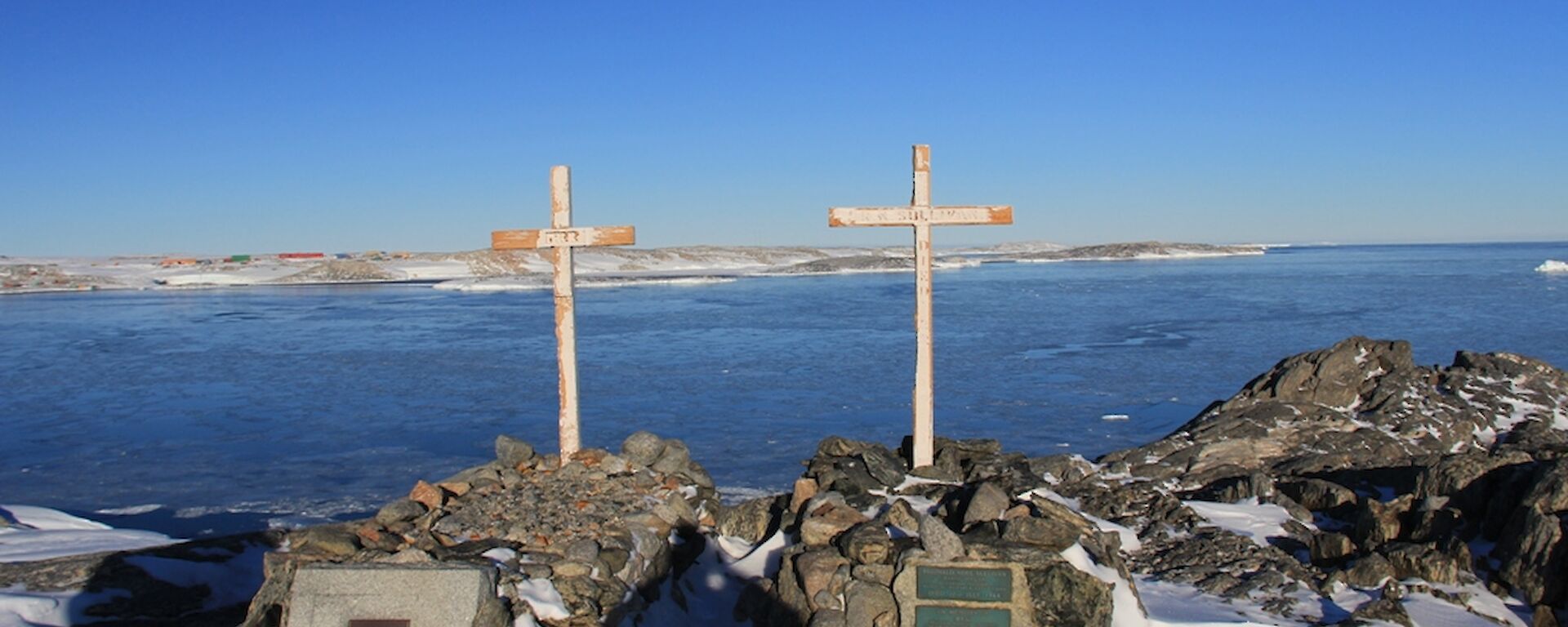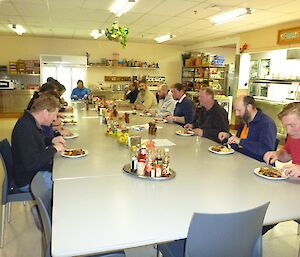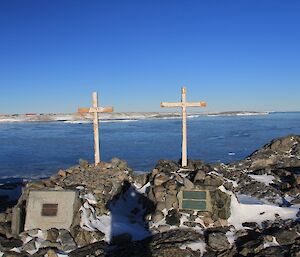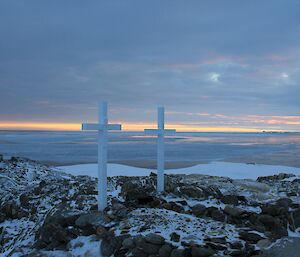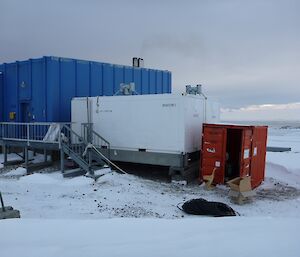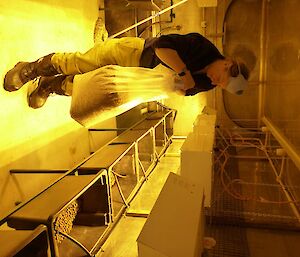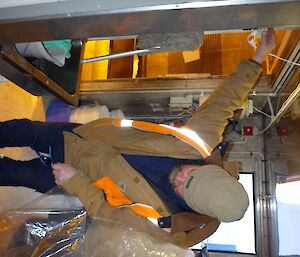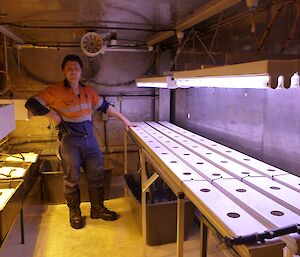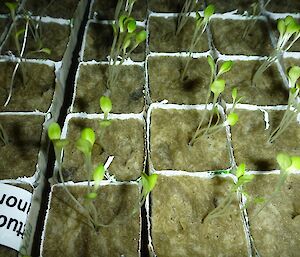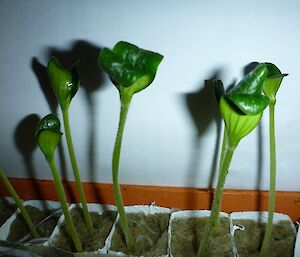With less than twenty of us on station now, no time has been lost in rearranging the Red Shed to suit the smaller numbers. With rooms enough for 100 people over summer, those of us remaining have been able to occupy more space and store some of our less frequently used gear in the spare rooms. We have also spread out a bit and now enjoy being able to listen to some music or watch a movie in our rooms without having to choose between headphones and annoying the person or people next door.
The big post-summer clean-up has taken plenty of effort. Amazing amounts of unclaimed clothing turned up in the laundry, even more amazing amounts of stuff just seemed to need relocating or putting away and all of a sudden we simply don’t need 50 chairs and nine tables in the mess. It is also a time of looking through the Green Store to find all those replacement items sent down to us at the beginning of summer that no-one has had the chance to pull out and get into service.
More than anything, moving the furniture and changing a few rooms has helped to make the station feel like our winter home rather than simply our summer home but with most of our friends missing. Now we can settle in and don’t have to do it all again until the big influx of people in Spring.

